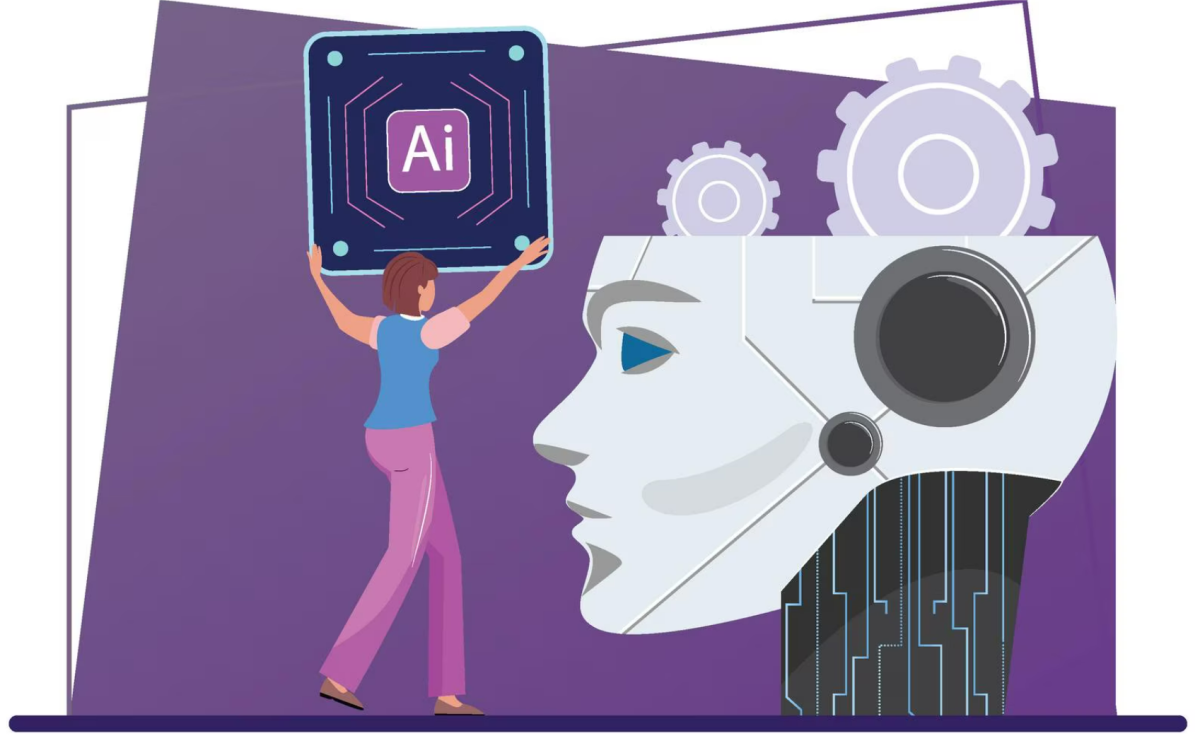As we move into 2026, generative AI continues to evolve from an experimental innovation into an essential business capability. For small and medium-sized enterprises (SMEs), the shift is particularly significant. Generative AI is no longer just about producing content; it now supports strategic planning, innovation, and operational clarity. By understanding what is changing and how it impacts workflows, SMEs can build stronger goal-setting structures and more competitive teams. The focus on Generative AI Trends in 2026 highlights how these advancements will shape collaboration, efficiency, and creativity within growing businesses.
This blog highlights the top ten generative AI developments that matter most for SMEs and provides AI prompt templates with example outputs that teams can apply directly to their planning and decision-making.
Top 10 Generative AI Trends in 2026
1. AI-Driven Strategic Planning Support
Generative AI is increasingly being used to support annual, quarterly, and project-based strategy development.
Prompt Template: “Generate a three-month strategic plan for improving customer engagement in a mid-sized service-based business.”
Example Output:
Month 1: Collect customer feedback and segment key engagement stages.
Month 2: Introduce personalised follow-up email sequences.
Month 3: Evaluate engagement metrics and refine messaging.
Why This Is Useful: It helps SMEs structure goal clarity before execution begins, reducing misalignment and wasted efforts.
2. Role-Specific Skill Development Plans
AI can help define individualised learning paths for team members.
Prompt Template: “Create a skill development roadmap for a sales associate aiming to improve negotiation and relationship management skills.”
Example Output:
Weeks 1–2: Negotiation theory resources.
Weeks 3–5: Role-play practice scripts.
Weeks 6–8: Real-call review feedback cycles.
Why This Is Useful: Teams grow consistently when development paths are structured, personalised, and actionable.
3. Enhanced Brainstorming and Idea Expansion
Teams can use AI to expand early ideas into fully developed business concepts.
Prompt Template: “Expand this idea into three structured product concepts: AI-powered appointment scheduling for retail stores.”
Example Output:
Concept A: Mobile-first self-service application.
Concept B: Staff scheduling integration tool.
Concept C: Customer preference analytics dashboard.
Why This Is Useful: Allows teams to move from idea to business model faster and more systematically.
4. Integration of AI for Meeting Summaries and Alignment
Though not automating tasks fully, AI assists in clarity and documentation.
Prompt Template: “Summarise this meeting transcript and highlight key action decisions and responsibilities.”
Example Output: Agenda outcomes, assigned responsibilities, and follow-up deadlines listed clearly.
Why This Is Useful: Teams stay aligned with fewer misunderstandings or missed commitments.
5. Predictive Context in Decision Discussions
AI can propose potential outcomes for strategic choices.
Prompt Template: “Outline possible outcomes of increasing product price by 7% for existing customers.”
Example Output:
Outcome A: Increased revenue per user; minimal churn.
Outcome B: Pushback from price-sensitive clients.
Why This Is Useful: Leaders evaluate decisions with forward clarity instead of guesswork.
6. Multi-Format Content Conversion for Internal Use
Teams can repurpose information into training slides, memos, or briefs.
Prompt Template: “Convert this case study into a short internal briefing format.”
Example Output: Objective summary, problem, solution, measurable result, and key learning point.
Why This Is Useful: Efficient internal communication supports knowledge-sharing and stronger planning.
7. AI-Assisted Competitor Understanding
Businesses can refine competitor research rapidly.
Prompt Template: “Summarise the strengths and weaknesses of three top competitors in the wellness subscription industry.”
Example Output: Competitor X: strong brand loyalty, weaker onboarding support; and so on.
Why This Is Useful: Competitive clarity improves positioning and differentiator-focused goal setting.
8. Visual Structure Suggestions for Process Clarity
AI helps outline workflows before dashboard or diagram building.
Prompt Template: “Create a workflow outline for customer onboarding from signup to renewal.”
Example Output: Signup → Welcome Call → Usage Setup → Support Check-in → Renewal Outreach
Why This Is Useful: Teams clarify processes before building tools or training materials.
9. Customer Conversation Frameworks
AI improves the quality of customer-facing communication.
Prompt Template: “Generate a structured conversation guide for customer renewal discussions.”
Example Output: Greeting → Value recap → Feedback exploration → Renewal offer → Confirmation
Why This Is Useful: Standardisation ensures consistent customer experiences across team members.
10. Future-Proof Scenario Planning
AI can support SMEs in preparing for uncertainty.
Prompt Template: “Outline three operational scenarios if supply costs increase by 20% in 2026.”
Example Output:
Scenario 1: Supplier negotiation
Scenario 2: Revised pricing
Scenario 3: Lean procurement adjustments
Why This Is Useful: Teams gain preparedness instead of a reactive response.
How Stratpilot Supports Goal Alignment and Team Clarity
Stratpilot provides AI-supported workspaces that help SMEs organise ideas, structure action plans, and maintain clarity across teams. Using Stratpilot’s AI chat and planning features, teams can refine strategic concepts, outline projects, and collaboratively shape direction, all within a single centralised space. Stratpilot assists SMEs in transforming high-level ideas into structured paths forward without overwhelming complexity.
Start Strengthening Your Team’s Strategy Today
Bring structure and clarity to your company’s planning process. Request a demo for Stratpilot and support your team in setting meaningful goals with confidence and direction.
Frequently Asked Questions (FAQs)
Q1: What are generative AI trends?
They refer to emerging developments in how AI creates and supports content, planning, and decision workflows in business contexts.
Q2: How do these trends support SMEs?
They help SMEs improve planning, communication, and innovation efficiency with clearer goal structures.
Q3: Do teams need technical AI knowledge to use these prompts?
No. The prompts are simple, conversational, and designed to support practical business tasks.
Q4: How does Stratpilot help in this area?
Stratpilot provides structured workspaces and AI guidance that help teams plan and collaborate more effectively.
Q5: Can these prompts be customised for different industries?
Yes, each template can be adapted based on individual business context and requirements.





